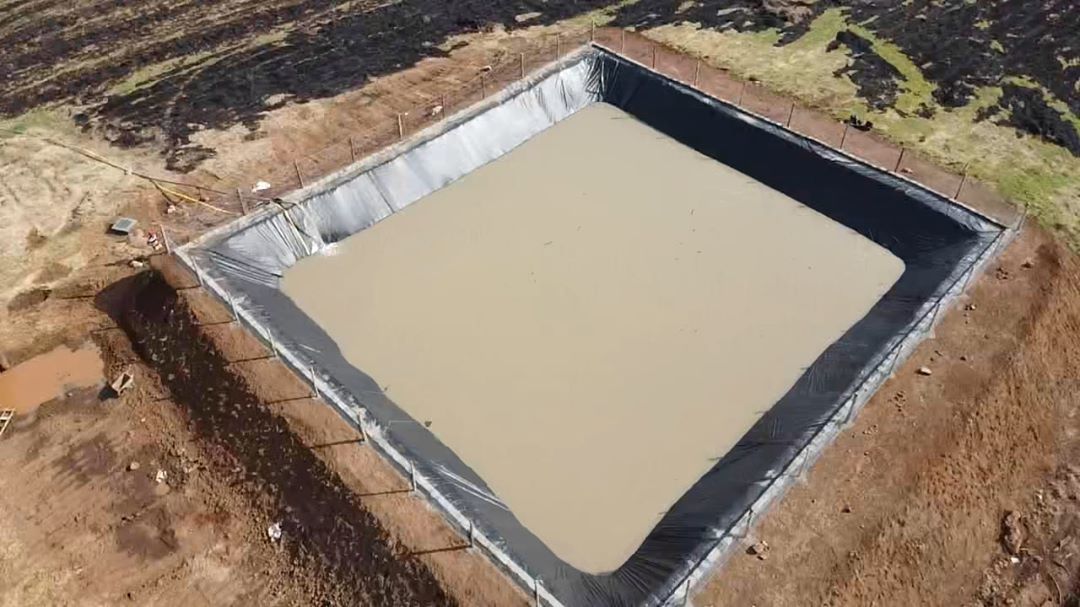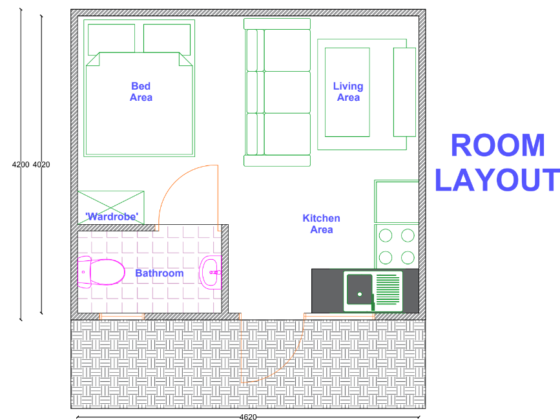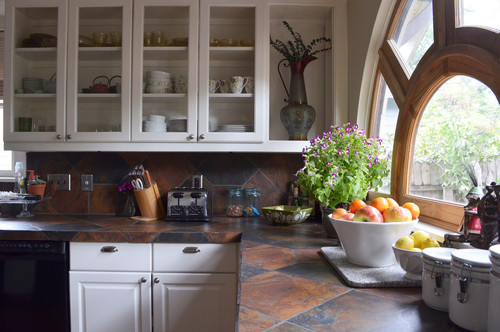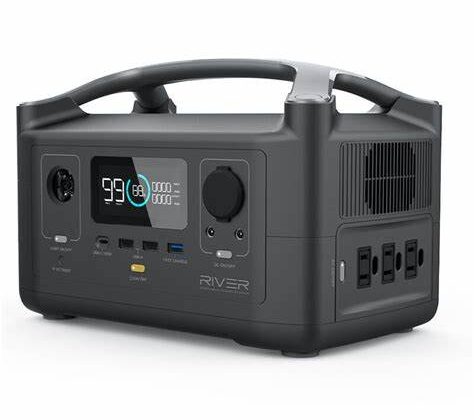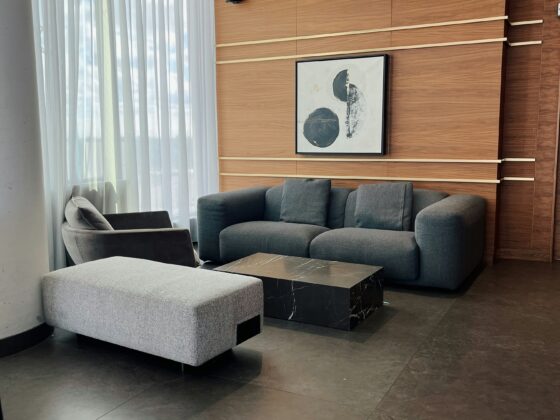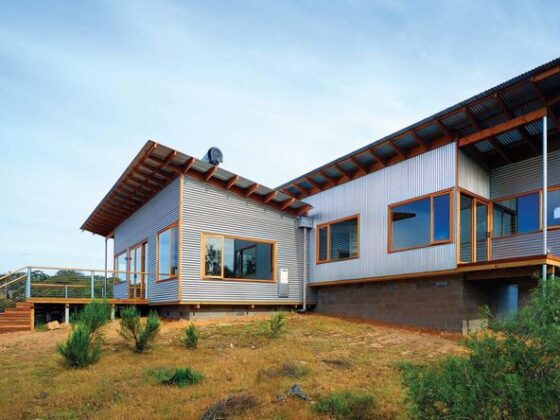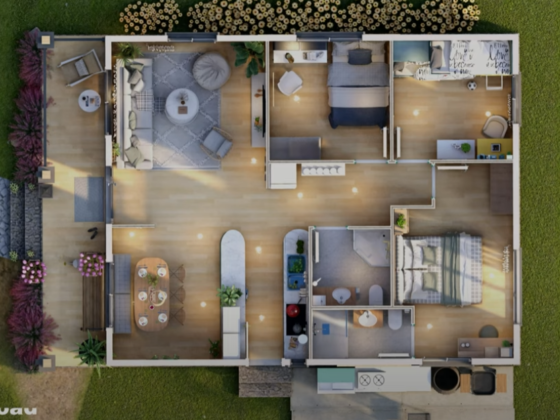For someone seeking a large water supply for agricultural or manufacturing purposes, water tanks may not provide the most effective solution for you. Water pans, ponds and other ‘hole in earth’ solutions are relatively cheaper to install and run and are able to collect large amounts of water.
To calculate the amount of water stored in pans and other containers, one considers the actual volume. In meter cubic. For example, a small pan, 5m by 4m by 1.5 m can hold about 30,000L. This is a simplified calculation to show the big capacities these structures can have.
Not sure what size of water pan you need? Here is an indication of the size and costs as presented by MajiAgri.
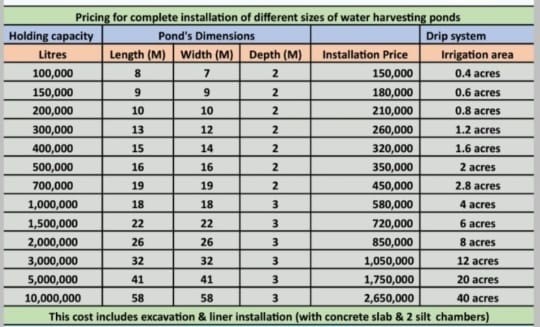
If you are considering building a water pan, these are the steps to follow.
1. Initial survey of the area. It is important to understand the slope and the type of soil and it’s permeability. If you are looking to irrigate, having the pan at the highest location may reduce your power bill.
2. Different soils have different rates of passing water. In some cases, a dam liner will be necessary to reduce the loss of water through seepage. When building in rocky areas, care must be put to ensure the liner is not pierced during installation.
3. Next, the location of the pan must be set out. Note that the water has sloping walls to manage the force of the water hence reduce chances of failure. The floor itself slopes to one side as this makes it easier to clean.
4. The next step is digging, and this can be done either manually or with a machine. If using a machine, the edges must be aligned manually. The soil from the hole can be used to make embarkments on the side of the pond, hence increasing its size.
If the soil is too permeable, a ‘wall of clay’ can be dug around the perimeter of the wall. This involves creating a channel and filling it with clay, which is then compacted and will improve the water barrier.
5. The inside of the pond is then compacted if required, debris removed and a dam liner installed. The liner is embedded into the embankments to ensure it doesn’t pull away.
6. Then the water pan is filled with water and is ready to go. Note that lots of water is lost through evaporation so this can be reduced by installing a shed if the funds for this are available.
7. Ponds can be fed through run off if designed for it, rain or gutters. Sizing of the pond is usually dependent on the demand. Consider the amount of water you need per day and how often it will be filled up. If you are rain dependent, consider how long it is before the rain comes and the pan fills up.
I hope this has been useful, build wisely!

